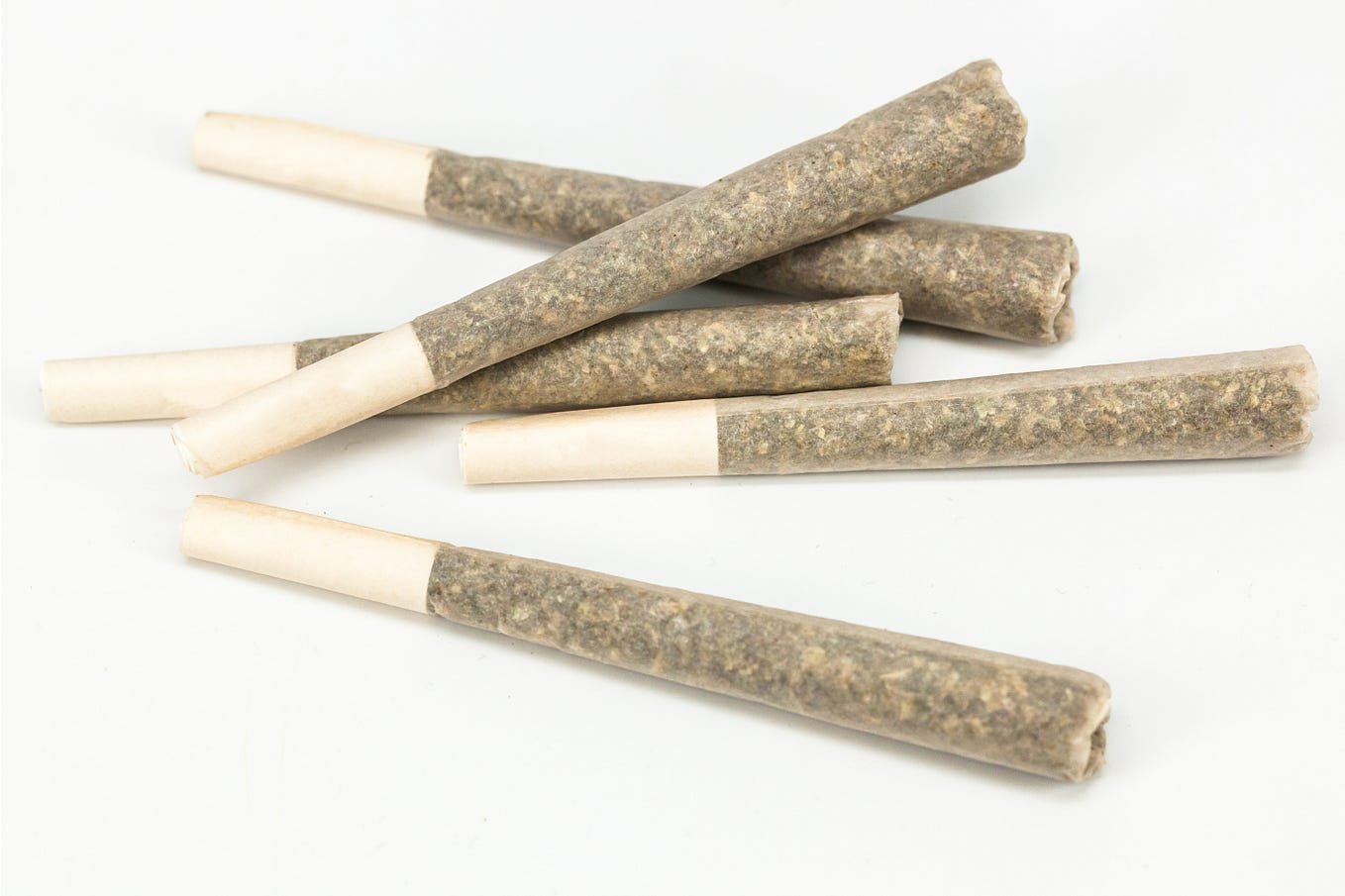What's The Difference Between Joints, Blunts, and Spliffs
Introduction
In the world of medical cannabis consumption, the method of delivery is as diverse as the plant itself. Among the most celebrated ways of consuming this ancient herb are joints, blunts, and spliffs – each comes with a unique experience and cultural significance. As seasoned enthusiasts and curious novices alike venture into the realm of rolling, an exploration of these three distinct forms becomes paramount.
From the choice of rolling materials to the global nuances in preferences, this blog post navigates the landscape of joints, blunts, and spliffs, offering insights into the art of crafting and enjoying these medical cannabis concoctions.
Defining Joints, Spliffs, and Blunts
Joints
The iconic joint consists of medical marijuana rolled in a thin, often white, rolling paper. These papers come in various sizes and materials, including hemp, rice, and flax. Joints can be infused with flavors and commonly feature a crutch or filter for stability during smoking.
Spliffs
Similar to joints, spliffs use rolling papers, but with a twist—they contain a blend of medical marijuana and tobacco. Smokers can adjust the ratio to their liking, experiencing a mix of the cannabis high and the energetic effects of tobacco. Spliffs also often include a crutch.
Blunts
Blunts deviate from the paper realm, using tobacco wraps to encase medical cannabis. Larger than joints and spliffs, blunts provide a longer-lasting smoking experience. These wraps, sometimes flavored, contribute a buzz to the medical marijuana high.
Related: How To Grind Weed Without a Grinder
Rolling Papers and Wrappers
The choice of rolling material plays a crucial role in the smoking experience. For joints, options include singles, 1 ¼, 1 ½, wide, king, slims or thins, and cones. Spliffs use similar papers but are often larger due to the inclusion of tobacco. Blunts, on the other hand, utilize tobacco wraps or cut-open cigars.
Joint Papers
Singles
1 ¼
1 ½
Wide
King
Slims or thins
Cones
Spliff Papers
1 ½
Wide
King
Cones (often larger than joints due to tobacco)
Blunt Wraps
Wraps
Cut-open cigars
Pros and Cons of Each Method
Joints
Pros:
Small and portable
Easy to spark up
Great for sharing
Easy to extinguish and save for later
Cons:
Requires experience to roll properly
Lack of discretion (visible to others)
Spliffs
Pros:
Combines cannabis and tobacco effects
More discreet than joints (may be mistaken for a cigarette)
Cons:
Health concerns associated with tobacco
Potential impact on the taste of weed
Skill required for rolling
Blunts
Pros:
Portable and shareable
Tobacco adds an energetic feel
Variety of flavors available
Cons:
Health concerns with tobacco use
Possible impact on the taste of medical cannabis
Skill required for rolling
Exploring Rolling Paper Preferences
Choosing the right rolling paper contributes significantly to the overall smoking experience. Smokers often consider size, material, and flavor when selecting papers.
Size Matters
Smoking alone or with a friend? Opt for a single or 1 ¼. For larger groups, king-size papers may be more suitable.
You May Also Read: Are Electric Weed Grinders Worth It? How to Choose the Best One
Material Considerations
Hemp, rice, paper, flax—the material of the rolling paper affects burn rate and taste. Experiment to find the perfect match for your cannabis.
Flavorful Choices
Some rolling papers come infused with flavors like grape, cherry, or chocolate. While some appreciate these additions, others prefer a purer cannabis taste.
Thickness and Burn Rate
Thick papers burn slower but may affect taste, while thin papers offer a faster burn. Choosing the right thickness enhances the smoking experience.
Crucial Considerations for Blunt Aficionados
Blunts enthusiasts often have a penchant for flavored wraps, adding an extra layer to the smoking ritual. However, opinions on flavored wraps vary among smokers.
Read Also: The Best CBD Cartridges: How to Choose the Right CBD Cart for You
Global Trends and Cultural Influences
The popularity of joints, blunts, and spliffs varies globally, reflecting diverse cannabis cultures. Spliffs dominate in Europe, where joints are considered less efficient. In the US, joints are prevalent, potentially influenced by health concerns related to tobacco. Blunts, often a US phenomenon, remain less common in other parts of the world.
Conclusion
Whether you prefer the classic joint, the blended spliff, or the robust blunt, each method brings a set of pros and cons to the table. The choice ultimately depends on personal preference, the social context, and regional influences. As the world of cannabis continues to evolve, so too will the diverse methods of rolling and enjoying this beloved herb.
FAQ
-
The primary distinction lies in the rolling material and the contents. Joints use rolling papers with only cannabis, spliffs mix tobacco with cannabis using rolling papers, and blunts are rolled in tobacco wraps, providing a longer-lasting and potentially flavored smoking experience.
-
Consider factors such as size, material (hemp, rice, etc.), and flavor when selecting rolling papers. The size depends on the number of people smoking, the material affects burn rate and taste, and flavors can enhance or alter the smoking experience
-
Joints are small, portable, and easy to share, but they require some skill to roll. However, they may lack discretion as others can easily identify them, and beginners may find rolling challenging.




